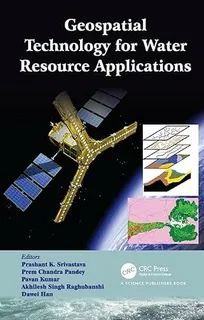In today’s rapidly evolving security landscape, Geospatial Intelligence (GEOINT) has become a cornerstone in enhancing national security and defense capabilities. This discipline combines geographic information with intelligence analysis to provide actionable insights that support decision-making, threat assessment, and strategic planning. This article explores the key applications of geospatial technology in national security and defense, highlighting its critical role in modern military and intelligence operations.
Understanding Geospatial Intelligence
Geospatial Intelligence refers to the collection, analysis, and visualization of geographic data obtained from satellite imagery, aerial reconnaissance, and other geospatial sources. This intelligence integrates spatial information with other intelligence disciplines to produce detailed situational awareness and predictive analytics. The ability to analyze terrain, infrastructure, and movement patterns is invaluable in the context of defense and security.
Applications of Geospatial Intelligence in National Security
1. Threat Detection and Surveillance
One of the primary applications of geospatial intelligence is real-time threat detection. By continuously monitoring areas of interest through satellite imagery and remote sensing, intelligence agencies can identify suspicious activities, such as troop movements or the establishment of unauthorized military installations. This proactive surveillance enables timely responses to emerging threats before they escalate.
2. Mission Planning and Operational Support
Military operations heavily rely on accurate geospatial data for mission planning and execution. Geospatial intelligence helps commanders understand the terrain, weather conditions, and potential obstacles, facilitating strategic deployments and enhancing operational efficiency. Whether it’s urban warfare or remote border monitoring, GEOINT ensures that forces are equipped with precise information for effective action.
3. Disaster Response and Humanitarian Assistance
Beyond combat, geospatial intelligence plays a vital role in disaster response and humanitarian missions. It assists in mapping affected areas, assessing damage, and coordinating relief efforts. National security agencies leverage this data to respond quickly to natural disasters, mitigating risks and protecting civilian populations.
Enhancing Defense through Technology Integration
The integration of geospatial intelligence with emerging technologies such as artificial intelligence (AI) and machine learning is revolutionizing national defense. Automated image analysis accelerates the identification of patterns and anomalies, while predictive models anticipate future threats. These advancements amplify the strategic value of geospatial intelligence in safeguarding national interests.
Conclusion
In conclusion, Geospatial Intelligence: Applications in National Security and Defense have become indispensable for modern military and intelligence operations. By providing detailed geographic insights, GEOINT enhances situational awareness, supports strategic decision-making, and improves response capabilities. As global threats continue to evolve, the role of geospatial intelligence in national security will only grow more vital.


